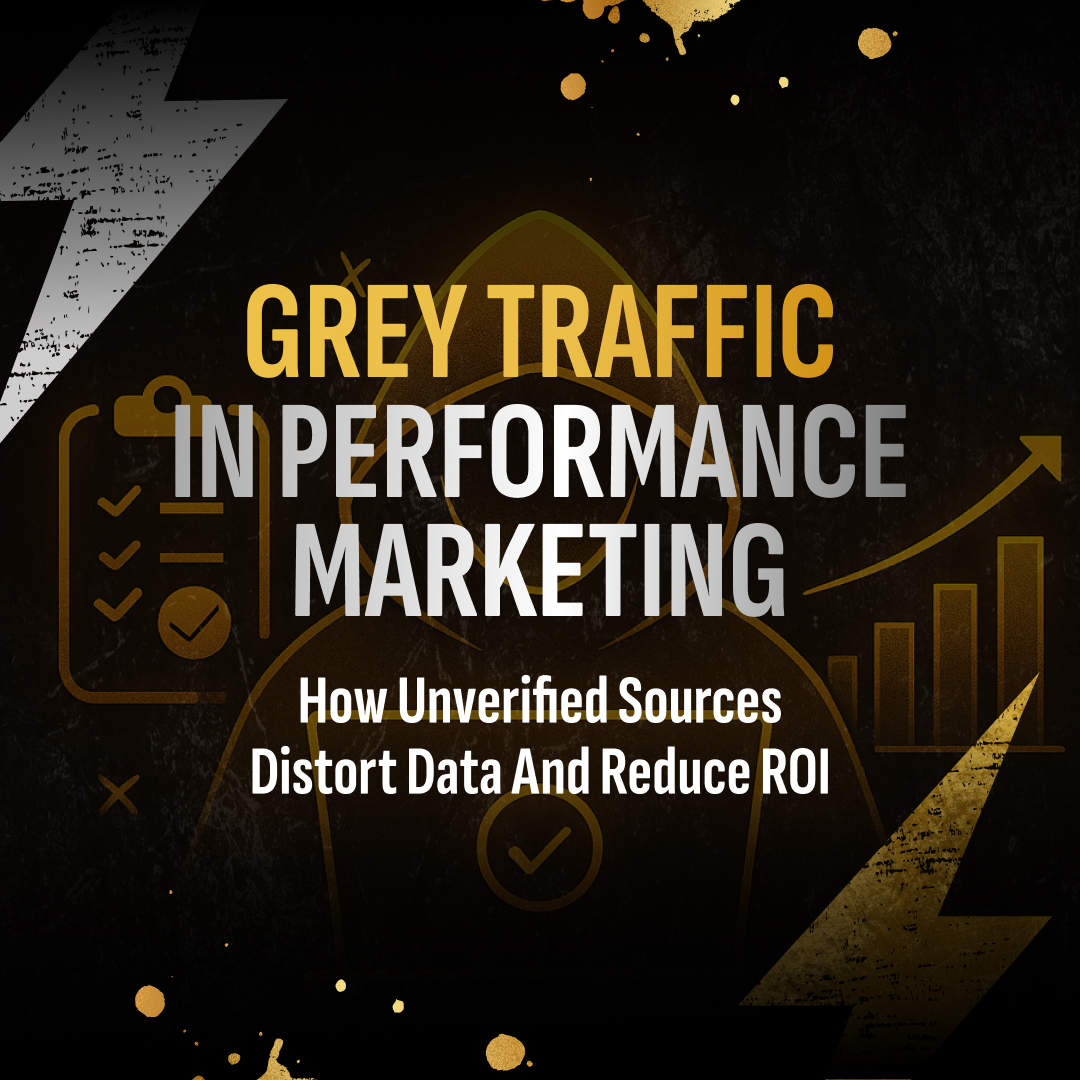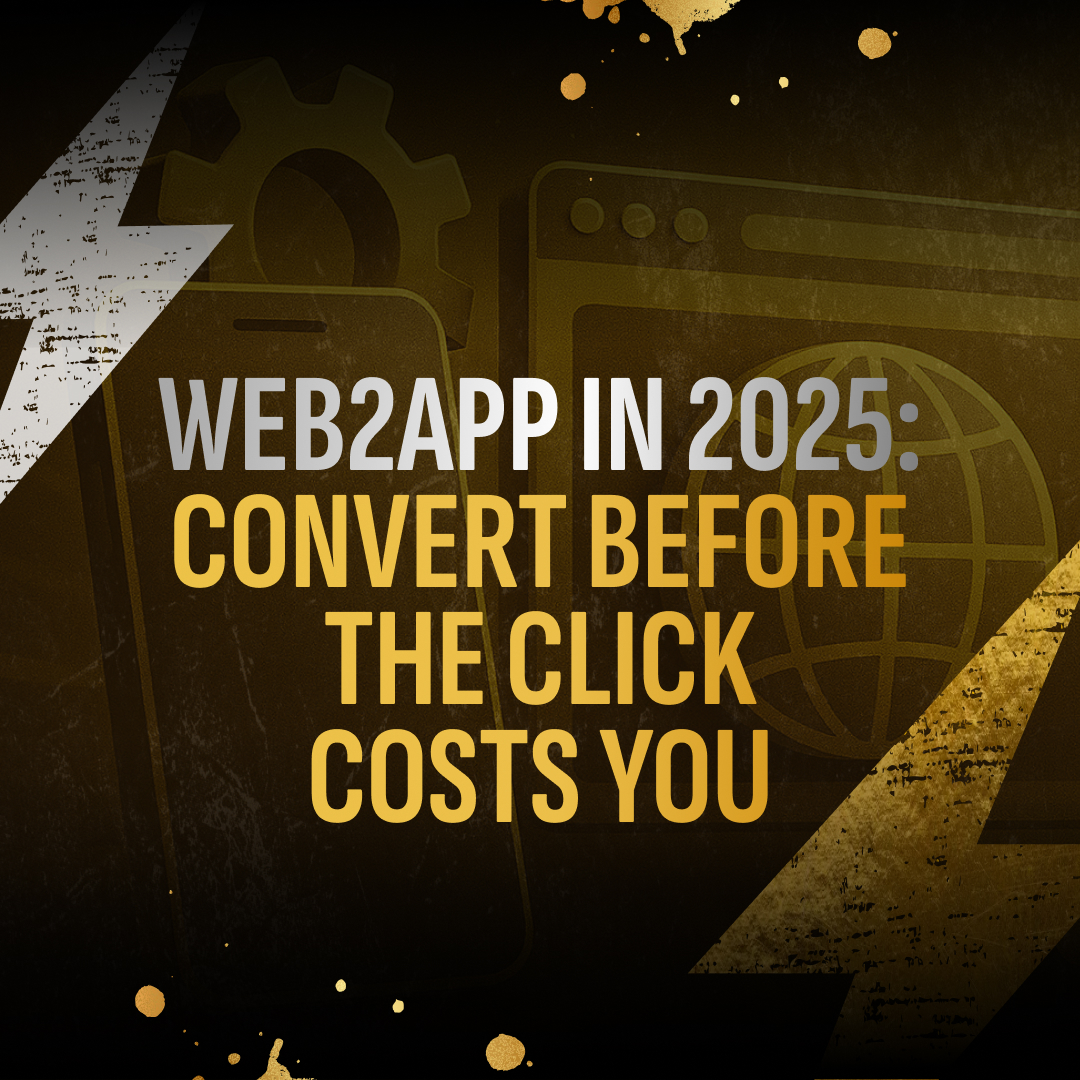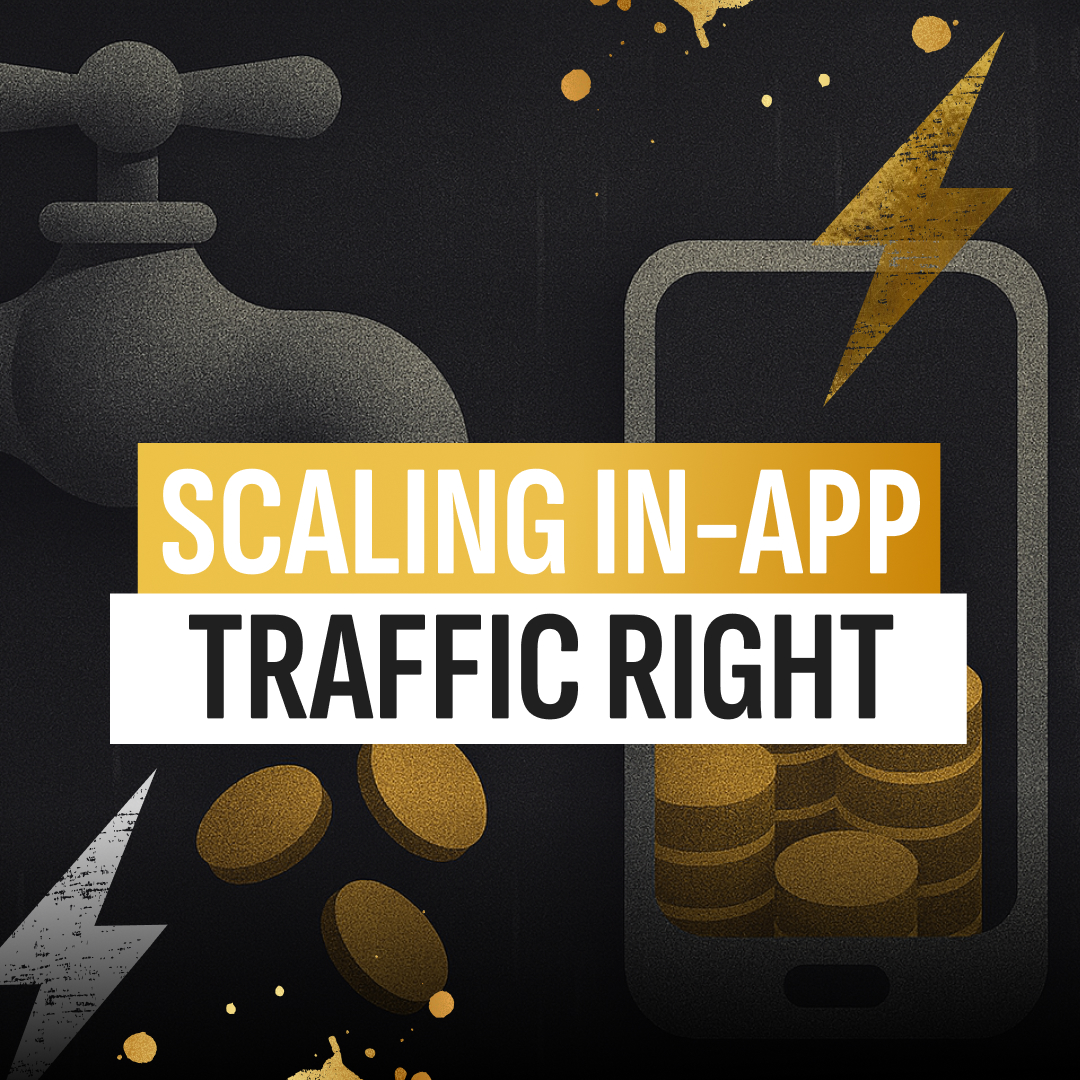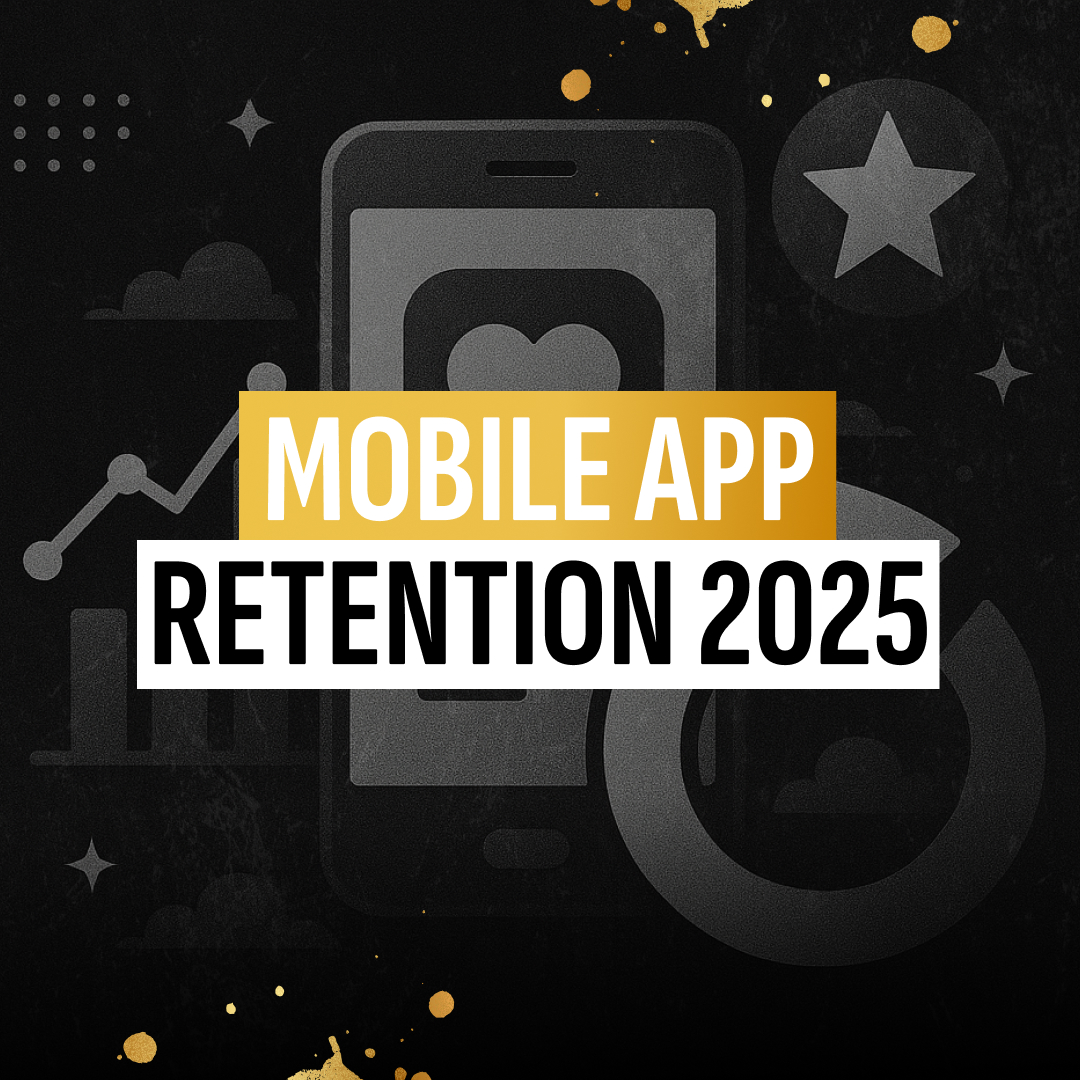Introduction
In high-stakes iGaming media buying, attribution is the compass. As acquisition strategies span programmatic advertising, paid search, social, affiliate traffic, and in-app DSPs, knowing exactly where and why a user converts is no longer optional - it’s foundational.
Through internal case studies and live campaign data from 2022–2025, RockApp has tested, compared, and optimized various attribution models across multiple verticals. The outcome: a structured hybrid approach built for scale, speed, and accountability. In this article, we explore the attribution systems that outperform, the tradeoffs that matter, and how to align your media buying strategy with real-world user paths.
Why Attribution Still Defines Performance
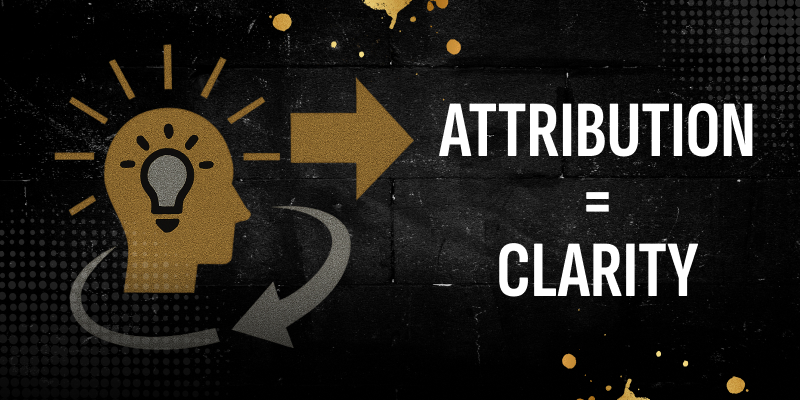
In performance marketing, attribution defines truth. Without it, budgets are misallocated, CPAs rise unchecked, and creative decisions are based on false signals.
Key challenges:
- Fragmented user journeys: One install might touch affiliate traffic, search, a DSP banner, and a retargeted in-app placement.
- Seasonal fluctuation: Attribution distortion is most common during Q4 and Q1 when mobile user acquisition volume peaks.
- Creative testing: Without clear attribution, A/B creative results skew - leading to underperformance at scale.
Without a robust attribution model, you’re scaling on guesswork.
Comparing Attribution Models in iGaming Media Buying
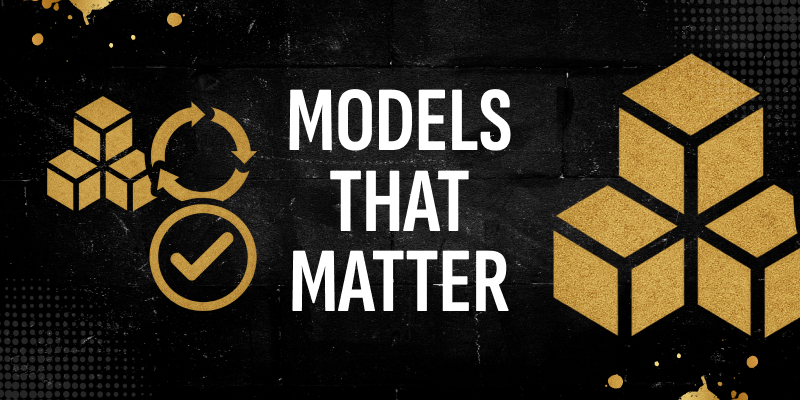
| Attribution Model | Use Case | Limitations |
| Last-click attribution | Simple to set up, highlights conversion moment | Ignores earlier influence - misattributes retargeting campaigns |
| First-click attribution | Good for top-of-funnel channel value | Underweights engagement and intent |
| Linear attribution | Balanced across touchpoints, ideal for full-funnel campaigns | Assumes equal channel contribution (rarely true) |
| Time-decay attribution | Prioritizes touchpoints closer to conversion | May undervalue brand discovery or early affiliate traffic |
| Algorithmic/custom | Reflects true user behavior with predictive weighting | Requires strong data science and infrastructure |
At RockApp, we rarely rely on one static model. Instead, we build blended frameworks to capture the nuance of real funnel behavior.
RockApp’s Hybrid Attribution Framework

Our attribution logic is built on four interlinked layers:
• Multi-touch attribution foundation
All channels contributing to conversion are credited based on their influence weight - ideal for analyzing mobile user acquisition flow.
• Time-decay logic
Channels nearer to conversion (e.g. in-app trigger, branded search) receive greater credit, optimized for short decision windows.
• Predictive modeling
Session length, scroll behavior, and creative testing results feed into our model via RockApp’s DSP tools to nudge budgets in real time.
• Automated campaign optimization
All data flows back into bidding platforms. If creative A performs better on network X during Q4, bid pacing shifts automatically.
This system enables precision at scale. Not just better CPA, but more consistent ROI per channel.
Seasonality and Attribution Strategy
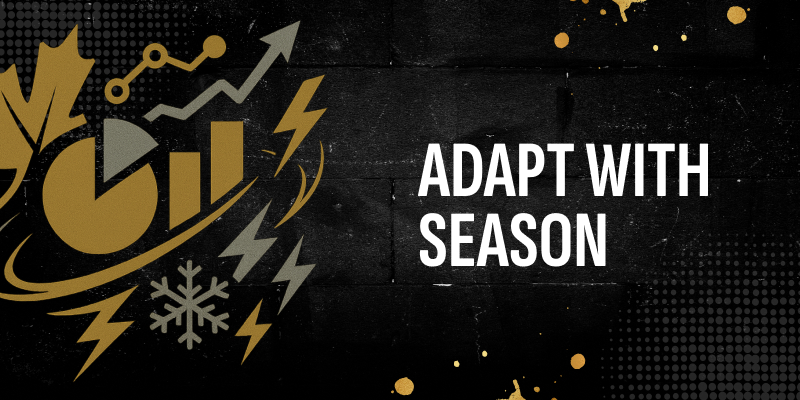
Seasonal shifts in user behavior demand model adjustment. Attribution isn't fixed — it must flex with market rhythm:
- Q1 & Q4: Peak acquisition months. Attribution favors time-decay logic due to intense competitive delivery. Conversion windows are shorter.
- Q2: Balanced user behavior. A linear attribution structure supports full-funnel awareness-to-install visibility.
- Q3: Lean performance quarter. Attribution tilts toward early-stage channels (e.g. YouTube, influencers) to identify emerging pockets of value.
Attribution models that don’t flex with seasonality leave money on the table.
Impact: What Better Attribution Delivers
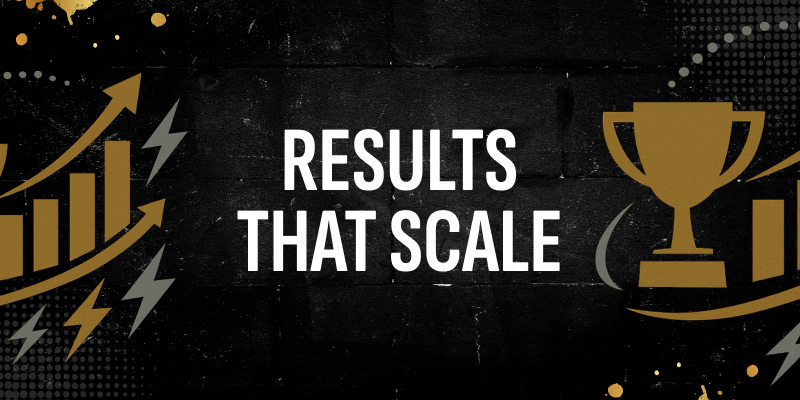
Tighter CPL and CPA: Multi-touch logic reduced budget waste by ~18% across top-tier campaigns.
Improved channel logic: Attribution data led to 23% shift from overinvested paid social to higher-performing search + in-app traffic.
Smarter creative testing: Playables with early engagement scored higher in multi-touch reports, leading to faster scaling and better ROI.
Conclusion
There’s no shortcut to attribution clarity. And in performance iGaming marketing, clarity drives growth. RockApp’s hybrid approach to cross-channel attribution brings structure to chaos, accuracy to data, and performance to spend.
If you're still optimizing campaigns on last-click logic, you're playing by old rules in a new game. The brands scaling fastest? They're the ones that treat attribution like a system - not a setting.





